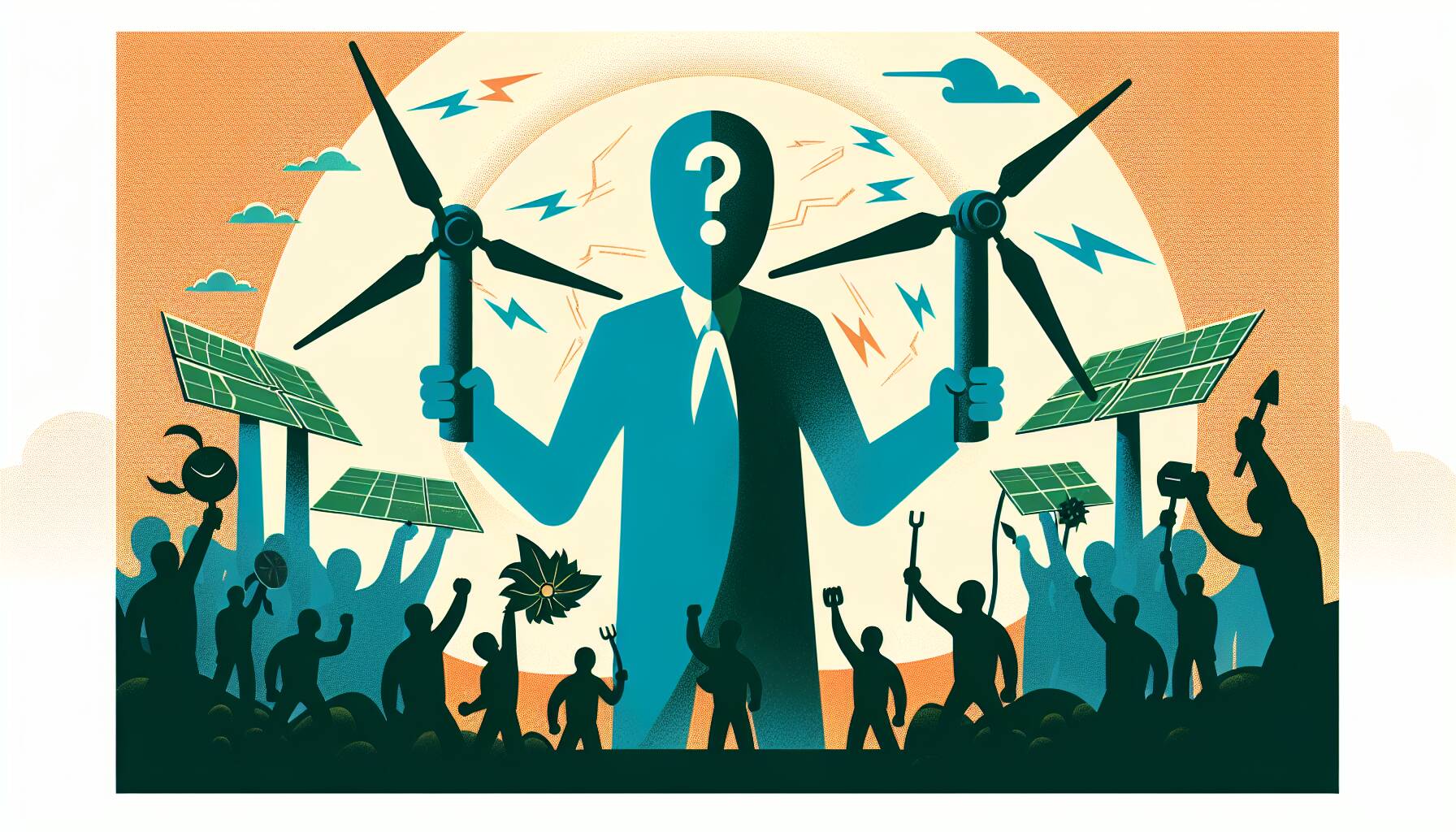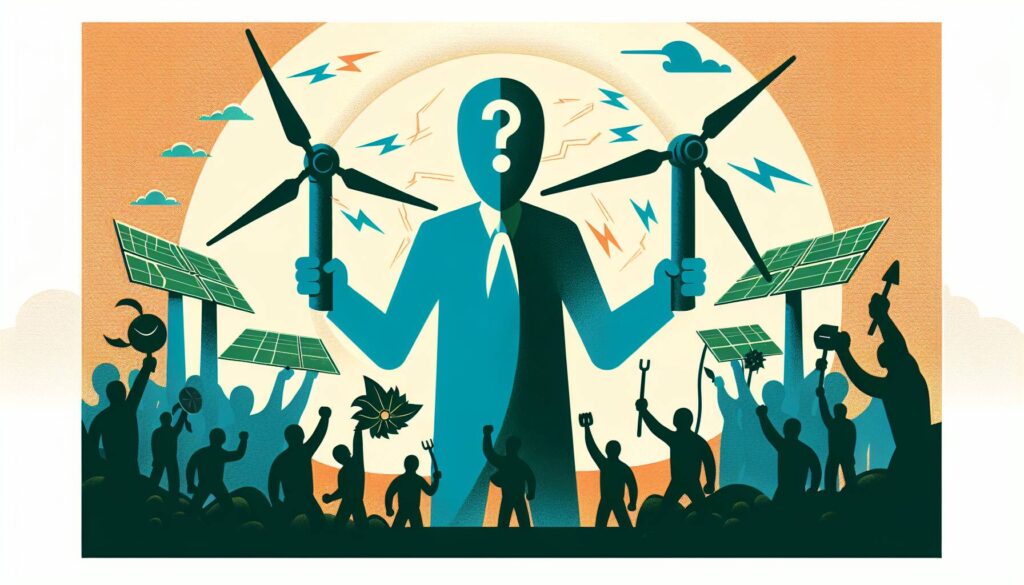In a curious twist in the renewable energy debate, former President Donald Trump’s stance on wind power has taken a noticeable turn. While he has historically voiced opposition to wind energy, citing concerns over its impact on landscapes and wildlife, recent developments reveal a significant exception to his usual rhetoric.
According to a piece by Mother Jones, this apparent contradiction highlights Trump’s ongoing interest in capitalizing on the wind energy sector for economic gain, especially in regions where it aligns with his political and business interests. This scenario invites scrutiny as to how such actions reconcile with his previous critiques of wind power and its environmental consequences.
“Trump’s unique approach towards wind energy raises questions about the broader implications for the renewable sector and the narrative surrounding fossil fuels vs. clean energy,”
analysts suggest.
This evolving perspective not only illustrates the complexities within the energy landscape but also underscores a growing trend where politics and energy production intertwine. As the nation navigates its energy future, the conversation around wind power is becoming increasingly relevant, reflecting a balance between ideological beliefs and economic realities.

Trump’s War on Wind Power Has One Very Big Exception
Key points from the article:
- Opposition to Wind Power: Trump has traditionally opposed wind energy initiatives.
- Focus on Fossil Fuels: The administration promotes coal and natural gas over renewable energy sources.
- Regulatory Rollbacks: Changes in regulations that negatively impact wind power development.
- Exception in Wyoming: Despite opposition, a major wind project has been allowed to proceed in Wyoming.
- Market Influence: This project may set a precedent affecting future renewable energy projects under the current administration.
These points illustrate how government policies on energy can directly impact renewable energy market dynamics, which may affect job opportunities and environmental initiatives in readers’ lives.
Trump’s Complicated Relationship with Wind Power: A Closer Look
In an era where renewable energy is becoming essential for sustainable growth, the dynamics surrounding wind power under Trump’s administration present a mixed bag of competitive advantages and disadvantages. Unlike many other renewable energy initiatives, wind power has somehow carved out a niche that appears to withstand political fluctuations, positioning itself as somewhat insulated from the broader criticisms leveled by Trump against green energy.
One of the potential advantages of this scenario is how it showcases the importance of certain energy sectors that are less reliant on government support, which could appeal to investors seeking stability in alternative energy. For sectors invested in fossil fuels, however, this duality could create significant challenges, as wind power gains momentum despite the resistance faced from other traditional energy sources. By maintaining a wind power exception, Trump inadvertently valorizes this sector while potentially jeopardizing the fossil fuel industry that traditionally aligns with his policies.
This complex situation could benefit those in the renewable sector, particularly wind energy companies that can leverage the polarized views on energy policy. Their ability to attract investment might grow due to this favorable positioning, ultimately fostering innovation and expansion in wind technology. Conversely, the fossil fuel industry may face challenges rallying public support as they struggle to counter the growing momentum of renewable energy projects like wind farms.
Ultimately, stakeholders in the energy arena must navigate this contentious landscape carefully. Whether you are a renewable energy advocate or a supporter of traditional energy sources, understanding the intricate balance and inherent tensions within this policy environment is crucial for strategic decision-making in the energy market.















